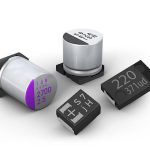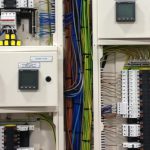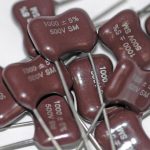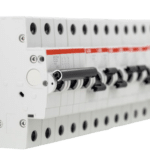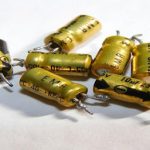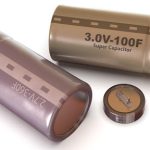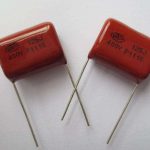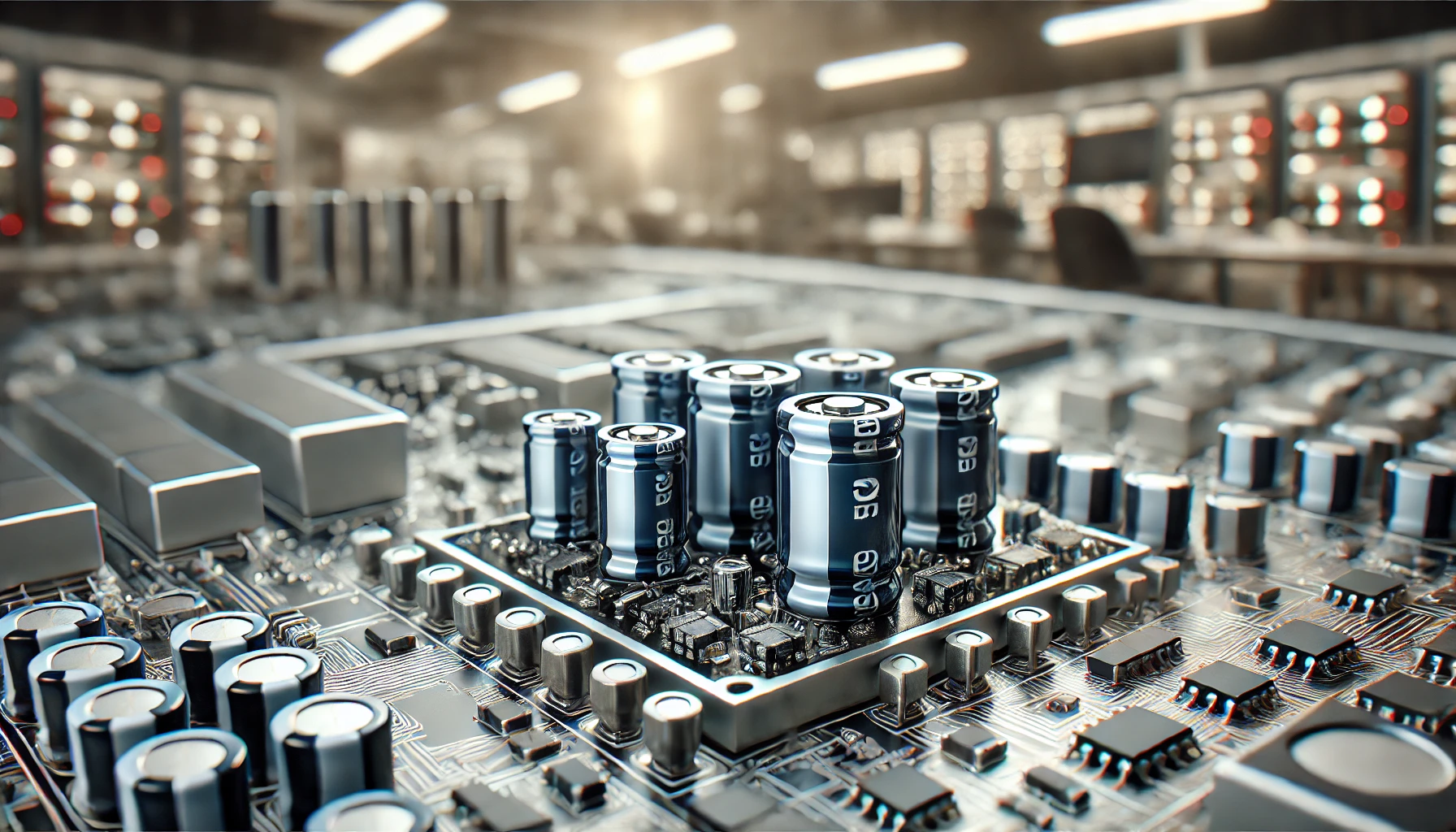
Introduction
In electronic circuits, capacitors play a significant role in smoothing out voltage fluctuations, stabilising power supplies, and improving overall performance. Among various types, aluminum electrolytic capacitors stand out for their high capacitance values and suitability for multiple applications. This blog covers how these capacitors boost circuit performance and considerations for their effective use.
Introduction to Aluminum Electrolytic Capacitors (AECs): Exploring Their Popular Types
Aluminum electrolytic capacitors serve as workhorses in electronics, providing essential functions for optimal circuit performance. These polarised capacitors have an anode made of pure aluminium foil coated with an insulating oxide layer, which acts as the dielectric. The ability of an aluminium electrolytic capacitor to store large amounts of electrical charge makes it ideal for a variety of applications, from smoothing power supply ripples to filtering out unwanted noise. Additionally, AECs significantly enhance the circuit’s efficiency, stability, and overall performance in various applications.
Aluminum electrolytic capacitors can be categorised into various types based on their electrolyte type and their lead configuration. By electrolytic type, they include Wet (Non-Solid) aluminium electrolytic capacitors, the most common types that use a liquid electrolyte with the highest capacitance per unit volume. Other types include solid and tantalum electrolytic capacitors; however, they have lower capacitance per unit volume than wet AECs. By lead configuration, AECs are classified into axial lead, radial lead, screw terminal, and surface-mount capacitors.
How Aluminum Electrolytic Capacitors Enhance the Performance of Circuits: Understanding Their Roles
Aluminum electrolytic capacitors are essential components for managing electrical energy in various electronic circuits. Enhancing the circuit performance involves reducing the voltage ripple, improving transient response, and enhancing signal integrity in circuits. The fundamental roles of these capacitors within a circuit include but are not limited to the following:
- Power Storage, Filtering, and Smoothing: AECs’ core function is to act as tiny energy reservoirs. During fluctuations in the power supply, they store excess charge during voltage spikes and release it when voltage dips. This helps regulate the flow of current, smoothing out ripples and ensuring a steady supply of DC power to sensitive components.
- Filtering Out Noise: Electronic circuits are susceptible to electrical noise generated by internal processes or external sources. AECs can act as filters, shunting these unwanted frequencies to the ground and preventing them from interfering with the desired signal.
Best Strategies for Optimising Circuit Performance with Aluminium Electrolytic Capacitors
The performance of circuits can be enhanced in multiple effective ways. The following strategies can optimise your circuit performance using electronic capacitors and ensure their reliable operation.
- Paralleling Capacitors: Paralleling multiple AECs with different capacitance values can provide a wider range of filtering. A large-value capacitor handles low frequencies, while a small-value capacitor filters high frequencies. Paralleling capacitors effectively address both high- and low-frequency noise.
- Bypassing Sensitive Components: Placing a small, low ESR AEC directly across the power pins of a sensitive component can provide localised filtering and minimise noise interference.
- Considering Thermal Management: AECs can generate heat, especially when handling high ripple currents. Proper heat sinking or choosing AECs with higher temperature ratings can prevent thermal issues.
Selecting the Right Aluminium Electrolytic Capacitor Can Boost Your Circuit Performance
Choosing the appropriate AEC for your circuit is crucial for maximising performance. Some of the essential parameters to consider include:
- Capacitance: Measured in Farads (F), capacitance refers to a capacitor’s capability to store electric charge. Higher capacitance values provide better filtering for lower-frequency signals.
- Voltage Rating: The AEC’s voltage rating must be equal to or greater than the maximum DC voltage it will encounter in the circuit. Exceeding the voltage rating can lead to premature failure.
- Ripple Current Rating: This specifies the maximum RMS (Root Mean Square) current the capacitor can handle continuously without overheating or performance degradation.
Exploring Real-World Applications of Aluminium Electrolytic Capacitors
Aluminium electrolytic capacitors find extensive use in various applications, including:
- Consumer Electronics: AECs are used in almost every household electronic device, including TVs, radios, and computers, where they provide essential power management.
- Energy Storage Systems: With the rising demand for renewable energy, aluminium electrolytic capacitors are indispensable in energy storage systems. They store a significant amount of energy generated from various renewable sources, ensuring a stable power supply even during fluctuations in energy generation.
- Automotive Industries: They are crucial in filtering and power management systems of automotive electronics, particularly in audio systems.
- Industrial Applications: AECs’ high voltage and current handling capabilities make them suitable for industrial power supplies and machinery.
- Audio Amplifiers: Capacitors with high capacitance values store and deliver power to audio circuits, enhancing sound quality by reducing power supply fluctuations.
- Motor Drives and Inverters: In motor control applications, these capacitors improve efficiency and reduce electromagnetic interference (EMI) by filtering out voltage spikes and harmonics.
Final Thoughts
Aluminium electrolytic capacitors are versatile and cost-effective components for enhancing circuit performance. Their ability to filter noise, smooth power supply fluctuations, and efficiently store energy makes them a valuable asset for any electronic design. With careful selection, consideration of their characteristics, and implementing the best strategies for AECs, users can ensure stable power delivery and efficient operation of electronic circuits.







